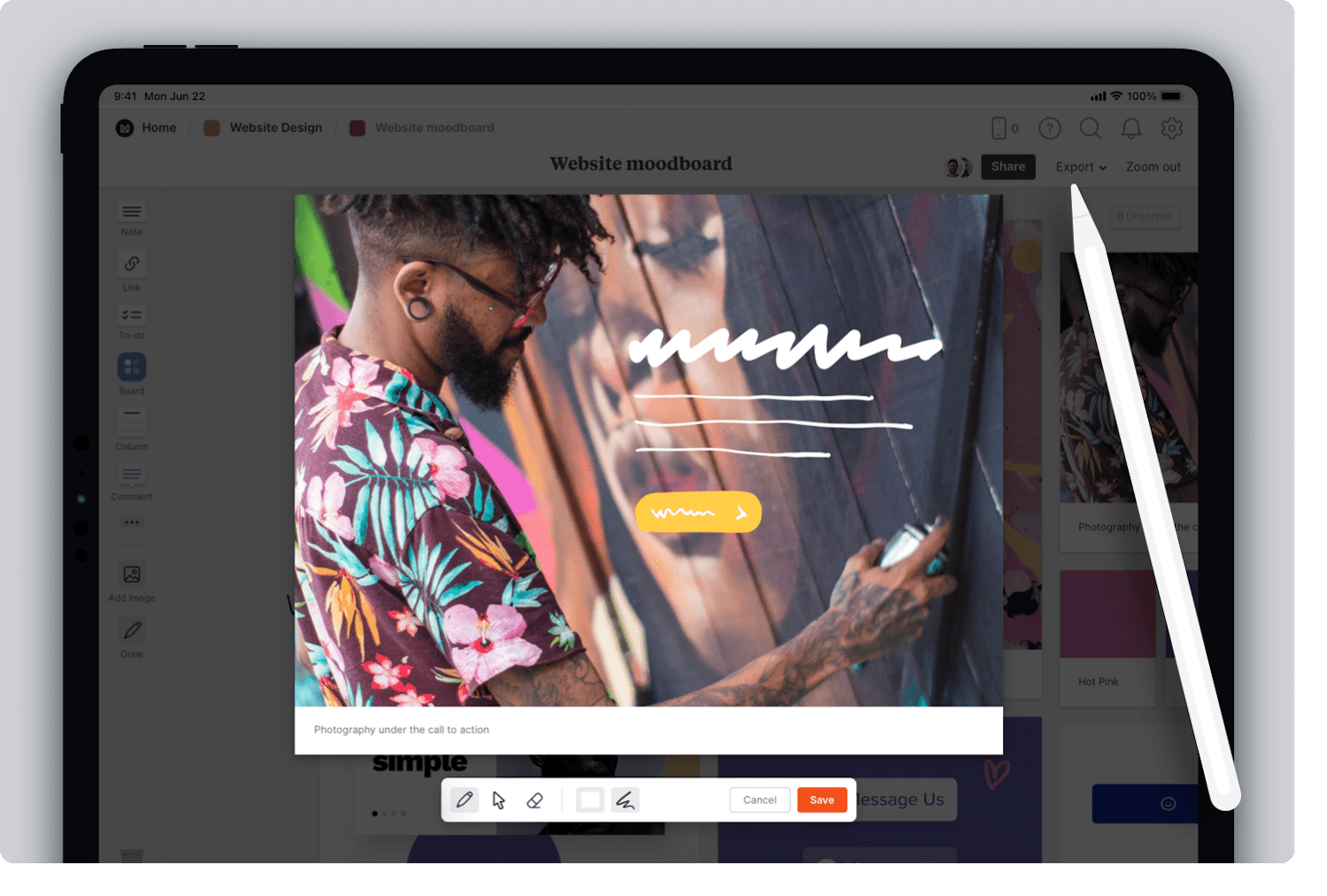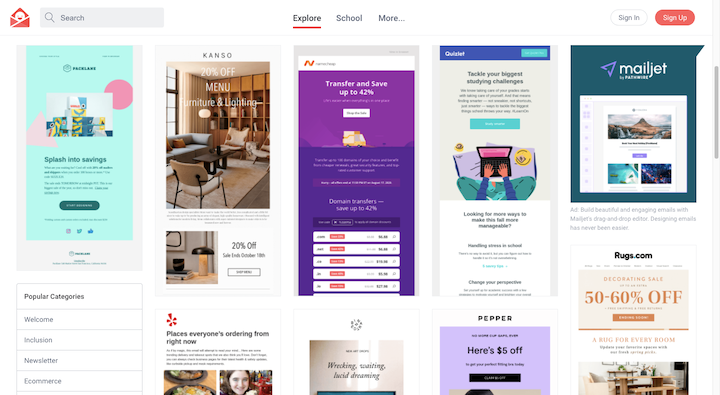The Ultimate Guide to Modern Internet Site Style Trends
In the ever-evolving digital landscape, modern-day website style trends play a vital duty in forming customer experience and engagement. From the increase of minimal design principles that prioritize simplicity to the impact of bold typography in defining brand identity, each element contributes to a cohesive online existence.
Minimalist Layout Principles
Minimalist style principles highlight the concept that much less is a lot more, supporting for simpleness and functionality in aesthetic communication. This method strips away unnecessary components, concentrating rather on vital parts that communicate the intended message properly. By focusing on clarity, minimalist layout enhances individual experience, permitting site visitors to navigate internet sites easily.
Core tenets of minimalist design consist of the use of ample white space, which produces a sense of equilibrium and company. This adverse space not just directs the audience's attention to vital elements but likewise cultivates a relaxing visual environment. Furthermore, a restricted shade combination is commonly utilized, making use of soft tones or monochromatic schemes to maintain aesthetic cohesion and prevent frustrating the individual.
Typography plays a crucial duty in minimal layout, where readable font styles are picked for their simplicity and performance in connecting material. Graphics and pictures are conserved, ensuring that they serve a purpose rather than distract from the total message. Ultimately, minimal design principles cultivate a focused environment that motivates individuals to involve with the material, improving the total efficiency of modern web site layout. This trend mirrors a growing recognition for thoughtful, user-centric aesthetic appeals in electronic spaces.
Strong Typography Selections
Accepting bold typography options has ended up being a specifying characteristic of modern-day website style, as it successfully catches focus and conveys strong messaging. Developers are progressively using typography not just as a practical element but as a vital aesthetic element that enhances the total visual and customer experience.

Additionally, the juxtaposition of bold typography with minimalist style principles enables striking contrasts, improving readability while keeping visual appeal. Making use of whitespace around strong text further emphasizes its importance, guaranteeing that the message reverberates with the target market.
As electronic landscapes come to be extra competitive, leveraging vibrant typography allows brand names to distinguish themselves and leave an enduring impact. The mindful selection of typefaces and their application can stimulate feelings, establish tone, and drive activity, making vibrant typography an indispensable device in modern website layout. Ultimately, it is an effective way to boost storytelling and make sure that vital messages are not just seen but likewise felt.
Mobile-first and receptive Layout
Responsive and mobile-first style has actually emerged as a crucial concept in modern-day web site growth, showing the enhancing dependence on mobile gadgets for accessing on-line material. As customer behavior shifts in the direction of mobile surfing, developers have to focus on creating experiences that adapt seamlessly across numerous screen sizes and resolutions.
A responsive layout ensures that a site automatically changes its format, images, and performance based upon the gadget being used. This method improves individual experience by giving consistent navigating and readability, regardless of whether the visitor is on a smartphone, tablet computer, or desktop computer. Mobile-first design advocates for establishing sites at first for smaller screens, consequently scaling up to bigger displays. This method urges a much more effective and structured layout procedure, concentrating on necessary material and functionality initially.
Implementing mobile-first and receptive concepts not only accommodates user choices however likewise aligns with seo (SEO) techniques. Major internet search engine, like Google, prioritize mobile-friendly internet sites in their rankings, making it imperative for businesses to adopt these design methods. In an affordable digital landscape, embracing mobile-first and receptive style is not simply a choice; it is essential for making sure availability and engagement with a varied target market.
Engaging Microinteractions
Microinteractions play a crucial role in boosting individual engagement and total web site experience, particularly in the context of responsive and mobile-first layout. These subtle layout elements provide immediate responses to customers, making interactions a lot more satisfying and instinctive. Instances consist of switch animations, notification signals, and packing indications, which not just overview users yet also produce a sense of connection with the user interface.
Incorporating engaging microinteractions can considerably boost usability by minimizing cognitive load. When customers get aesthetic or acoustic feedback upon carrying out activities, such as clicking a button or sending a form, they feel a lot more certain in their selections. This promotes a smoother navigation experience, inevitably increasing customer retention.

As website style trends remain to advance, the importance of microinteractions can not be overemphasized. They function as the refined yet powerful touchpoints that change average interactions into amazing experiences, consequently elevating the overall efficiency of contemporary web style.
Sustainable Website Design Practices
Sustainable website design methods are ending up being increasingly vital as the digital landscape grows and ecological problems rise. Developers and designers are acknowledging their obligation to create websites that not just serve customer demands however also reduce ecological influence. This approach encompasses numerous crucial methods.
First of all, optimizing energy consumption is extremely important. Sites should be made to fill rapidly and effectively, which reduces web server power usage and boosts user experience. Strategies such as image compression, minimizing HTTP demands, and utilizing modern coding techniques add considerably to this objective.
Secondly, selecting environment-friendly hosting service providers is critical - website design. Lots of organizing business are currently powered by sustainable energy resources, allowing websites to run in an extra lasting fashion. This choice mirrors websites a commitment to decreasing carbon impacts
Furthermore, taking on a minimalist layout can improve sustainability. Fewer aspects on a page read this post here lead to less data transfer, which not only quickens filling times however also conserves sources.
Finally, promoting electronic availability ensures that websites reach a broader audience without unneeded bloat, straightening user experience with environmental obligation. By integrating these lasting techniques, internet developers can add favorably to both individual interaction and the planet's well-being.
Verdict
In recap, modern web site layout trends emphasize the combination of minimal concepts, strong typography, and receptive design to improve individual experience. Involving microinteractions add to memorable communications, while lasting practices support for ecologically conscious development. Jointly, these aspects not only boost aesthetic appeal however also boost functionality, making sure that internet sites are both aesthetically striking and straightforward. Adopting these patterns is essential for developing impactful digital experiences that resonate with users in a significantly affordable on-line landscape.
In the ever-evolving digital landscape, modern-day site style patterns play a vital role in forming individual experience and interaction. By prioritizing clarity, minimalist layout improves individual experience, permitting read here visitors to navigate websites easily.
Ultimately, minimalist design concepts grow a focused setting that motivates users to engage with the content, improving the total performance of contemporary site design.Microinteractions play an essential role in boosting user involvement and general website experience, specifically in the context of receptive and mobile-first design.In summary, modern site layout patterns emphasize the integration of minimalist principles, vibrant typography, and responsive design to enhance customer experience.